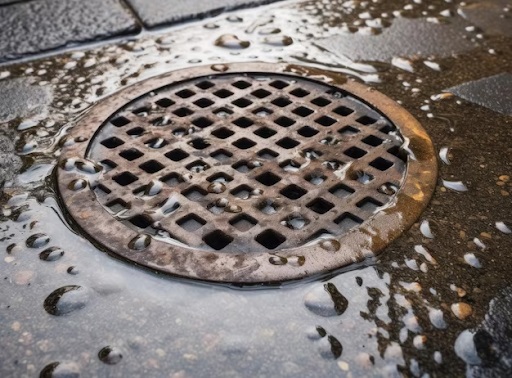When it comes to maintaining a beautiful and functional outdoor space, one often overlooks the crucial aspect of outdoor drainage. Yet, effective drainage plays a pivotal role in safeguarding your property from potential damage caused by water accumulation. In this comprehensive guide, we will explore the importance of outdoor drainage, common issues faced, and practical solutions to keep your outdoor area dry and flourishing.
The Significance of Outdoor Drainage
Imagine a serene rainy day turning into a nightmare as your backyard transforms into a mini flood zone. Poor outdoor drainage can lead to various problems, including soil erosion, waterlogged gardens, and even damage to your home’s foundation. Understanding the significance of outdoor drainage is the first step toward creating a resilient and sustainable landscape.
Identifying Common Drainage Issues
Before diving into solutions, let’s identify some common drainage issues that might be lurking in your outdoor space.
Poor Grading:
Inadequate slope or grading can prevent water from flowing away from your property. This often leads to puddles and waterlogged areas, causing potential damage to plants and structures.
Clogged Gutters:
Neglecting gutter maintenance can result in debris accumulation, hindering proper water flow. Clogged gutters can overflow water, damaging your roof, siding, and foundation.
Improperly Installed Downspouts:
Downspouts should direct water away from your home’s foundation. If installed incorrectly, water might pool around the base, increasing the risk of foundation damage.
Compacted Soil:
Soil compaction can impede water absorption, causing surface runoff and erosion. Compacted soil is a common issue in high-traffic areas or poorly managed landscapes.
Practical Solutions for Effective Outdoor Drainage
Now that we’ve pinpointed potential drainage issues, let’s explore practical solutions to ensure your outdoor space remains resilient and free from water-related problems.
Proper Grading:
Start by evaluating the slope of your landscape. Ensure that the ground slopes away from your home, encouraging water to flow towards designated drainage areas. If needed, consider regrading the soil to achieve the desired slope.
Regular Gutter Maintenance:
Keep your gutters free from debris by cleaning them regularly. This simple task can prevent clogs and ensure proper water flow. Consider installing gutter guards to minimize debris accumulation and reduce the frequency of cleaning.
Strategic Downspout Placement:
Ensure downspouts direct water at least 5 feet away from your home’s foundation. This prevents water from pooling near the base, minimizing the risk of foundation damage. Consider installing downspout extensions for added protection.
Rain Barrels and French Drains:
Integrate rain barrels into your outdoor space to collect rainwater, preventing excessive runoff. French drains, a system that redirects water away from specific areas, can be strategically installed to combat waterlogged soil.

Optimal Plant Selection:
Choose plants that thrive in well-drained soil. Native plants are often adapted to local soil conditions and can contribute to the overall health of your outdoor environment.
Soil Aeration:
Combat soil compaction by aerating your lawn regularly. This process improves water absorption, reduces runoff, and promotes a healthier root system for your plants.
Conclusion
In the grand scheme of outdoor maintenance, proper drainage might seem like a minor detail. However, overlooking this critical aspect can lead to a cascade of problems that compromise the integrity of your property. Understanding the significance of outdoor drainage and implementing practical solutions can ensure a resilient and flourishing outdoor space.
Remember, effective outdoor drainage is not just about preventing puddles; it’s about safeguarding your investment and creating an environment where your plants, lawn, and structures can thrive. So, roll up your sleeves, assess your outdoor drainage, and take the necessary steps to protect your property from the hidden perils of water accumulation. Your outdoor oasis will thank you with a healthy and vibrant display for years.



